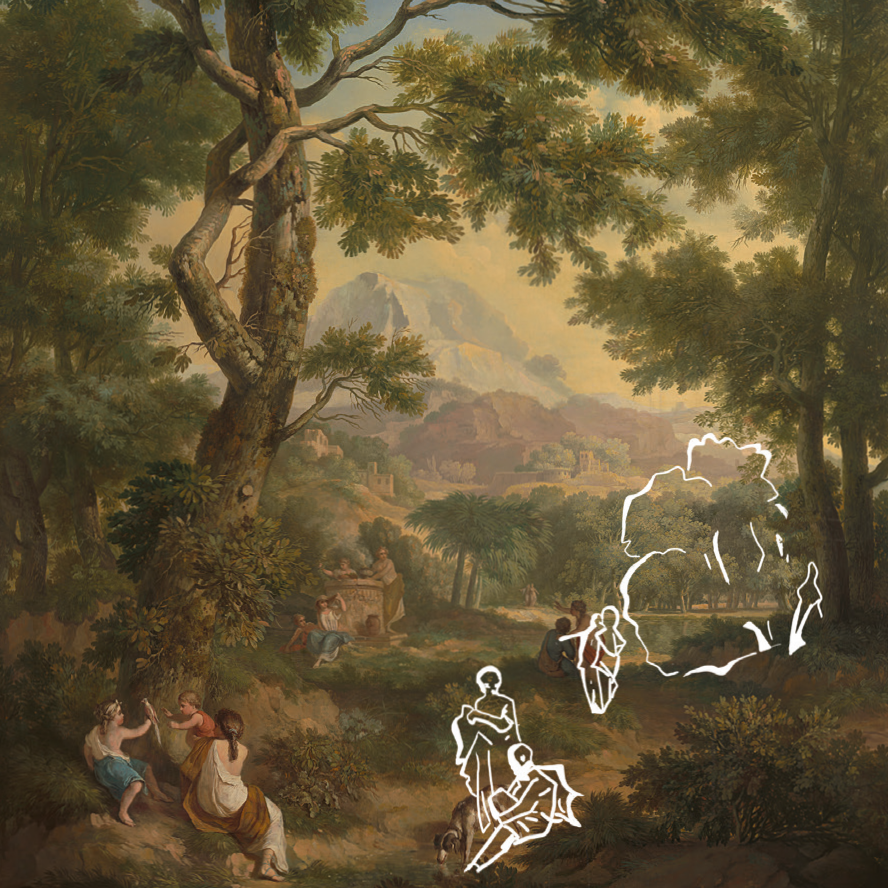A Unique Painting Ensemble Explored
A Technical Study of Jurriaan Andriessen’s Painted Chamber for 524 Herengracht in Amsterdam
DOI:
https://doi.org/10.52476/trb.18496Abstract
The back room of 524 Herengracht in Amsterdam houses a painted ensemble of Arcadian landscapes, made in 1771 by the Amsterdam wall hanging painter Jurriaan Andriessen (1742-1819). Technical research has shown that a complex creative process underlies this ensemble, in which major changes were made at various times. It demonstrates the painter’s quest for a balanced composition. An essential element in the painted wall hangings of Andriessen, who is known to have arranged his compositions in such a way as to guide the viewer’s gaze and movement through the room. The research also showed various techniques Andriessen used in the production of his paintings. For instance, he used a special measuring system and squaring grids to transfer the compositions from small sketch to large format canvas (one square in the sketches corresponding to one square foot in the canvases). It also appears that the painter arranged his compositions in such a way that the canvases could be easily adjusted for size in the event that the opening in the panelling was a little larger or smaller than envisaged. It could also be shown that Andriessen painted some elements in the room itself. As was customary at the time, Andriessen allied the shadows in his wall hangings to the fall of the natural light in the room. Remarkably, the painter hereby adjusted the light-dark contrasts to the position of the paintings in the room. In the hangings next to the windows, for example, the contrasts are greatly increased, with which the painter anticipated the bright backlighting that affected one’s view of these paintings. This attests to its strong connection to the room. A connection that has been preserved thanks to the efforts that the Van den Santheuvel, Sobbe Foundation, and the Rijksmuseum took at the time to maintain the interior in situ.
Downloads







